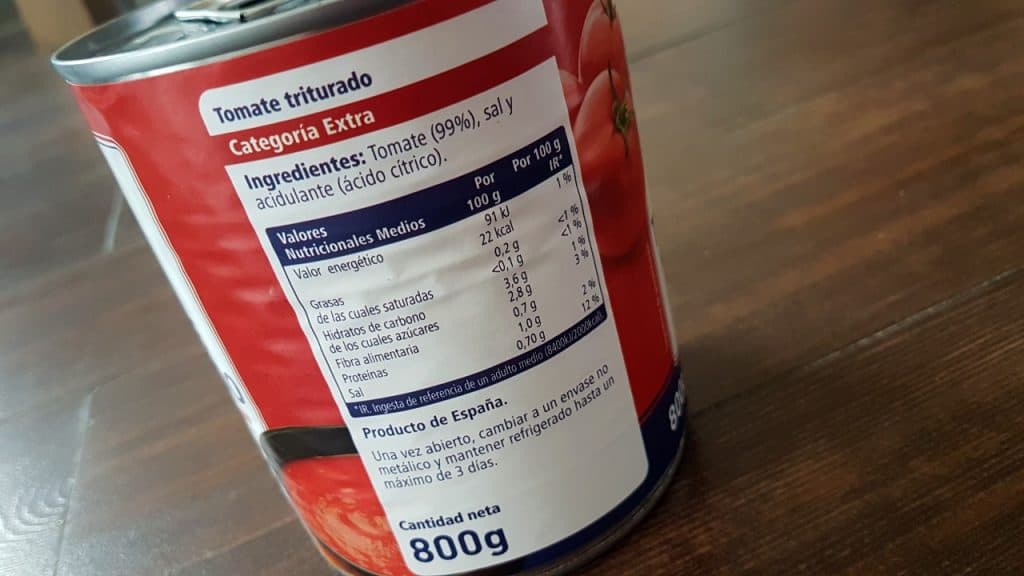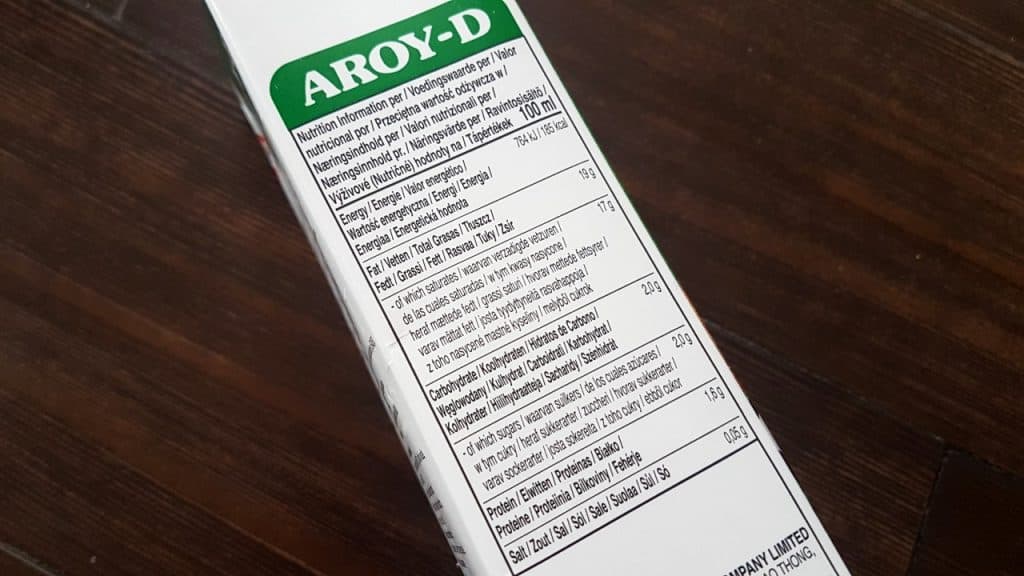Reading and Understanding Nutrition Labels : The Expert Guide
Processed foods vary in nutritional content across food types and brands. However, these variations are recorded in the nutrition labels found on the food packaging. Not all of us are familiar with label reading and interpreting this information correctly, so use our guide to help you to learn how to read and understand these labels so you can make the right decisions when making purchases.

Start by reading the ingredients list
Most pre-packaged or processed foods have an ingredients list on the packet. The most important ingredient in the package is mentioned first and whatever comes last in the list is added in the smallest quantity.
Misleading names
An important issue that often misleads are the ‘hidden’ or ‘disguised’ ingredients. Sugar is commonly disguised by the use of misleading names such as honey, molasses, nectar, concentrate or syrup.
Be aware of specific health claims such as reduced-fat or low-sugar versions. These are not always the healthiest options as sometimes manufacturers replace them with other products which aren’t always healthier.
Understanding the nutrition label
1. Nutrients
The nutrient section of the food label gives you a concise nutrition analysis of the major nutrients contained in the product. They are usually listed in grams and are categorised based on how essential they are.
Nutrients such as sodium, added sugars, and fats are identified as nutrients that you should reduce. This is because they can increase the risk of chronic health conditions like high blood pressure, obesity and cardiovascular disease. Added sugars are sugars added during food processing and therefore, their quantity on the label is listed differently from total sugars. This is usually marked by the word ‘includes’ which precedes the added sugars listing.
Dietary fibre, vitamin D, potassium, calcium, and iron are needed in a balanced diet because of their role in lowering cholesterol levels and intake of calories.
2. Servings
Information about servings usually has two elements – the serving size and the servings per container. The serving size is measured in common standardised units such as cups or pieces for it to be easier to compare with similar food types. Additionally, the metric measurement such as the quantity in grams is listed beside the common unit.
The serving size is not a recommendation of the quantity to be eaten. It only gives a fair idea of the quantity eaten by most people while the servings per container shows the number of servings packed in this particular container. Be aware that the portion size might differ from yours, and even if a product looks healthy, take care not to eat too much as without realising you might end up consuming more calories, saturated fat or salt than you intended to
3. Calories
Calories are a measure of the amount of energy received from a serving of a food product. The amount of calories considered healthy to consume daily is dependent on variable factors such as age, sex, weight, and the amount and intensity of physical activities per person.
Calories are perhaps one of the most misinterpreted parts of a food label. For instance, if a food product has a total of 5 servings per container and its calorie value is given as 300 calories, eating the entire package does not mean the amount of calories you consumed is just 300 calories. It is 300 calories per serving, making your total calorie consumption 1500 calories. Take care to look closely for the calorie content per serving.
4. The percent daily value
The percent daily value (%DV) is a percentage of the daily value of each nutrient from a serving of a food product. This means that you get to know the percentage of each nutrient you get per serving of a food package.
For example, if calcium and total carbohydrate have a %DV of 20% and 13% per serving, respectively and your daily requirement of them is 40% and 20%, you will need at least 2 servings to meet your daily requirements of these nutrients from that food package.
%DV of 5% or less is considered low while 20% and above are considered high. However, food with high %DV in nutrients like saturated fat, sodium, and added sugars are not recommended food choices.

Conclusion
More and more people are aware of healthy eating and start to explore healthy feeding options. Eating a ‘rainbow’ daily with five portions of fruit and vegetables is recommended, and opting for organically-grown food produce and choosing healthy alternatives is a great way to start.
However we can’t deny there are many processed foods available and many of these taste good due to their high fat and sugar content. Take care to only eat these in moderation and look at their nutritional content so you can make an informed decision.